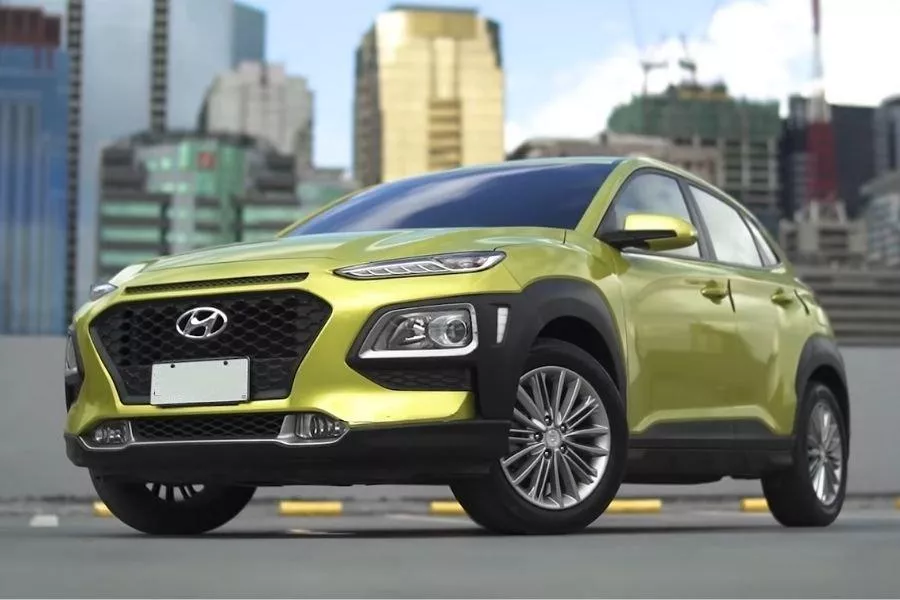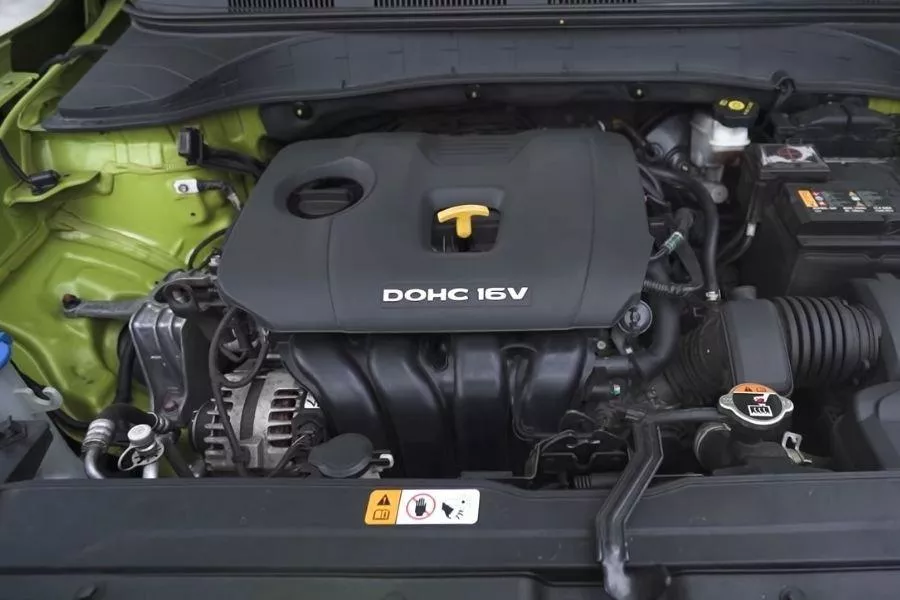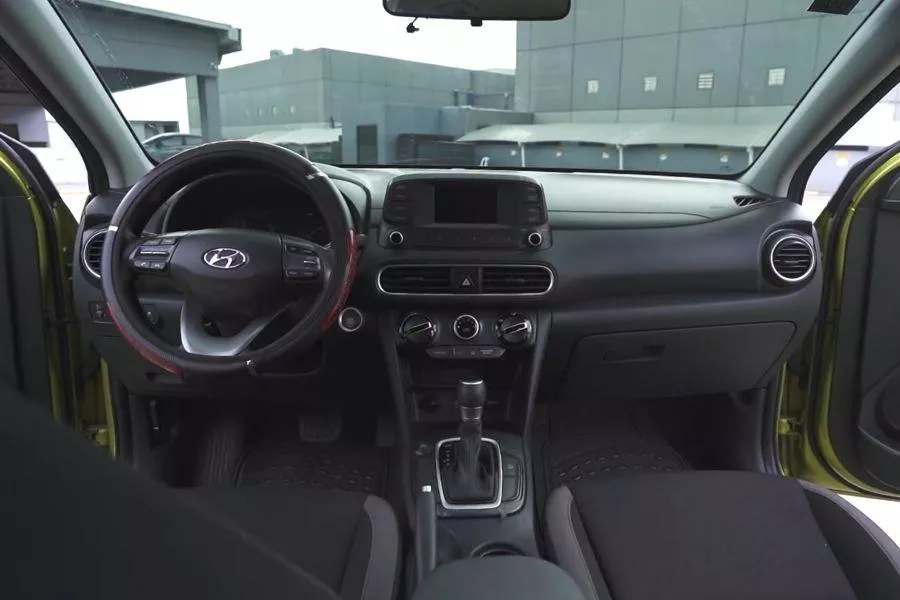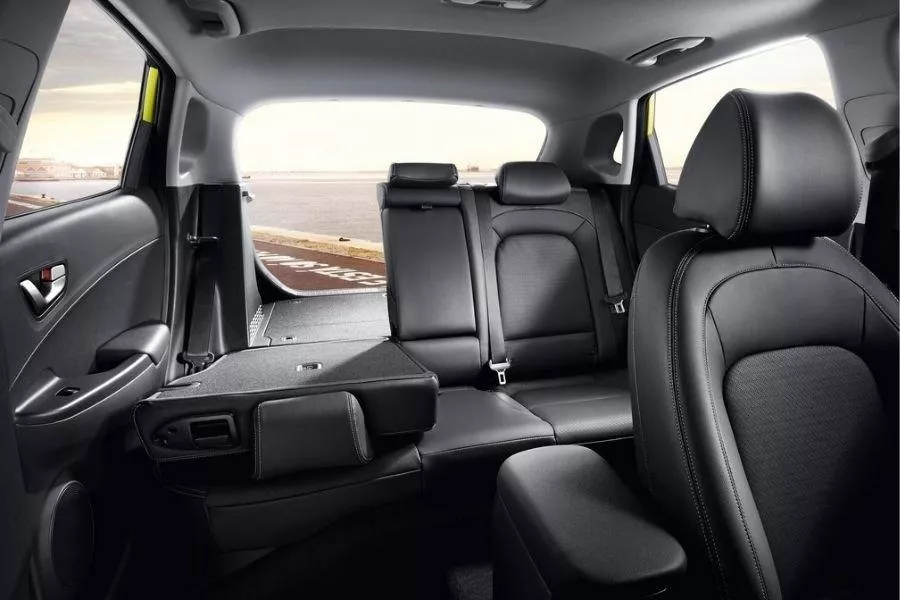The Hyundai Kona is one of the Korean brand’s popular crossover models in the Philippines. They’re a common sight on Philippine roads, and so it is highly likely that some folks are eyeing it as their next car purchase.

The Philippine-spec Hyundai Kona
So how is the Hyundai Kona’s fuel consumption? Is it efficient? Let’s help you answer that question.
Hyundai Kona: Relevant Specs
For those unaware, the Kona is a subcompact crossover. Locally, this Korean-made vehicle uses a front-engine/front-wheel-drive layout. It can seat up to five occupants, and it features a sharp-looking and eye-catching exterior.

The Kona's 2.0-liter inline-4 gasoline engine
Under the hood, the sole variant of the Philippine-spec Kona uses a 2.0-liter inline-4 engine. It can make up to 147 horsepower and 179 Nm of torque, and it is then paired to a six-speed automatic gearbox.
The Kona also has a curb vehicle weight of 1,311 kg. Its length spans 4,165mm, a width of 1,800mm, and a height of 1,550mm. It also has a wheelbase length of 2,600mm, and a ground clearance figure of 170mm.
Interior-wise, it's well-arranged, and it gets a decent amount of maximum cargo space at 1,296 liters. Driving amenities are also decent as it is equipped with a tilt and telescopic steering wheel, a push-to-start button, cruise control, among others.

A peek inside the Kona's cockpit
Safety features present in this model include anti-lock braking with electronic brake-force distribution, stability control, traction control, tire pressure monitoring, speed-sensing door locks, as well as six airbags.
Hyundai Kona: A sipper on the highway
In the city, a Kona traveling at an average speed of 20 km/h can return 8 to 9 km/l. That’s fairly reasonable for its engine displacement size and output.
On the highway though, the Kona is good for 15-20 km/l depending on how hard you drive it. So all-in-all, the Hyundai Kona's gas consumption figures are fairly efficient, especially during highway drives.
This makes this crossover ideal for those who drive for out-of-town trips on the regular, or those who need to go on highways when commuting.

It's fairly spacious for its size
That said, there are some subcompact crossovers that can definitely beat the Kona when it comes to fuel economy. But do note that the Kona is also fairly powerful for its class. Not the most powerful mind you, but it's definitely more agile than most.
The best part of this is that the Kona is also reasonably priced. Its sole variant which is the Kona GLS 2.0, currently retails at Php 1,188,000. Sure, that’s a bit more than what some brands are offering nowadays, but it is still fairly affordable considering what it's offering as a vehicle.
For more car buying guides, keep it here on the Philippines' largest automotive portal.
Know more about Hyundai Kona 2026

The Hyundai Kona 2023 is a subcompact crossover brought in by the Korean marque. It is available in the Philippines in one variant only which is priced at Php 1,188,000. Powering this vehicle is a 2.0-liter NU MPI Atkinson gasoline engine capable of generating 147 horsepower and 179 Nm of torque. Only a 6-speed automatic transmission is used to drive the power from the engine to the front wheels exclusively.
In terms of dimensions, the Kona has a length of 4,165 mm, a width of 1,800 mm, and a height of 1,550 mm. Additionally, it comes with a wheelbase and ground clearance rated at 2,600 mm and 170 mm, respectively. In the local market, this Korean subcompact crossover goes up against the likes of the Mazda CX-3, Kia Seltos, and Geely Coolray.
Discontinued
ExploreRecent posts
- next-gen Hyundai Kona spy pics Feb 02, 2022
- Hyundai Kona vs rivals Nov 24, 2022
- Hyundai Kona color options Mar 07, 2022
- hyundai kona financing guide philippines Nov 24, 2022
















